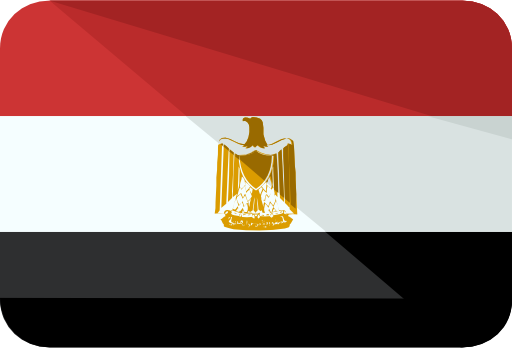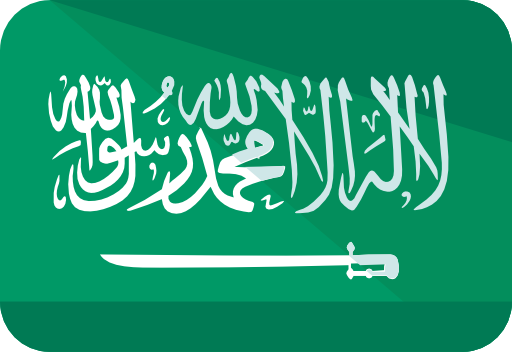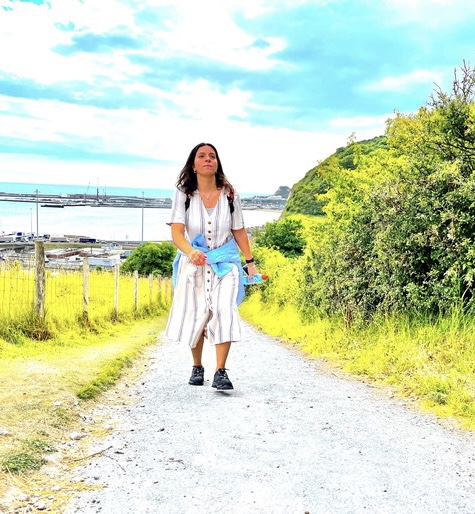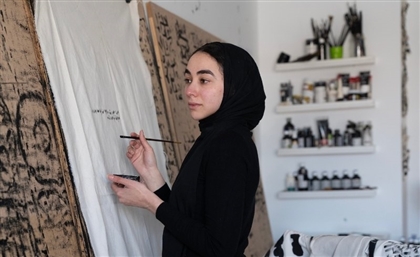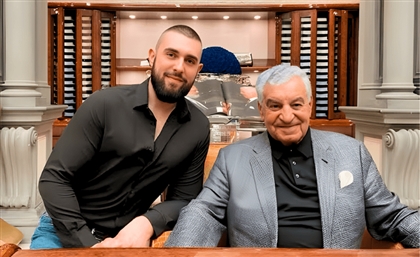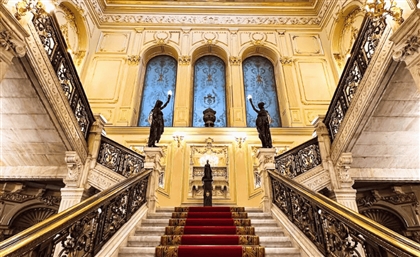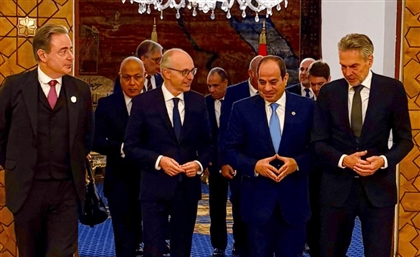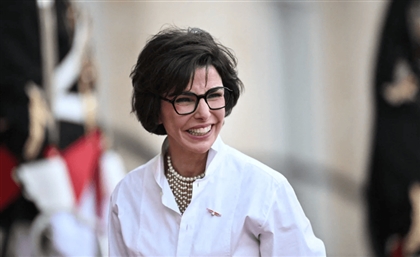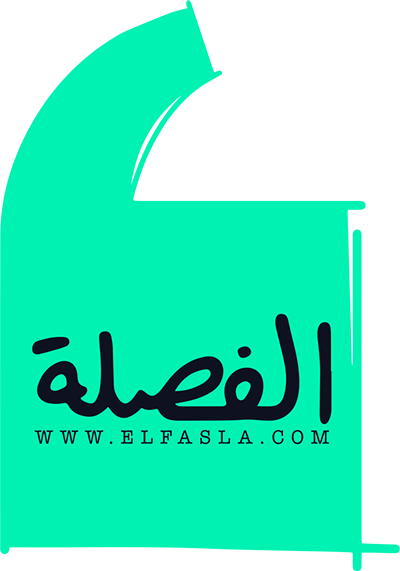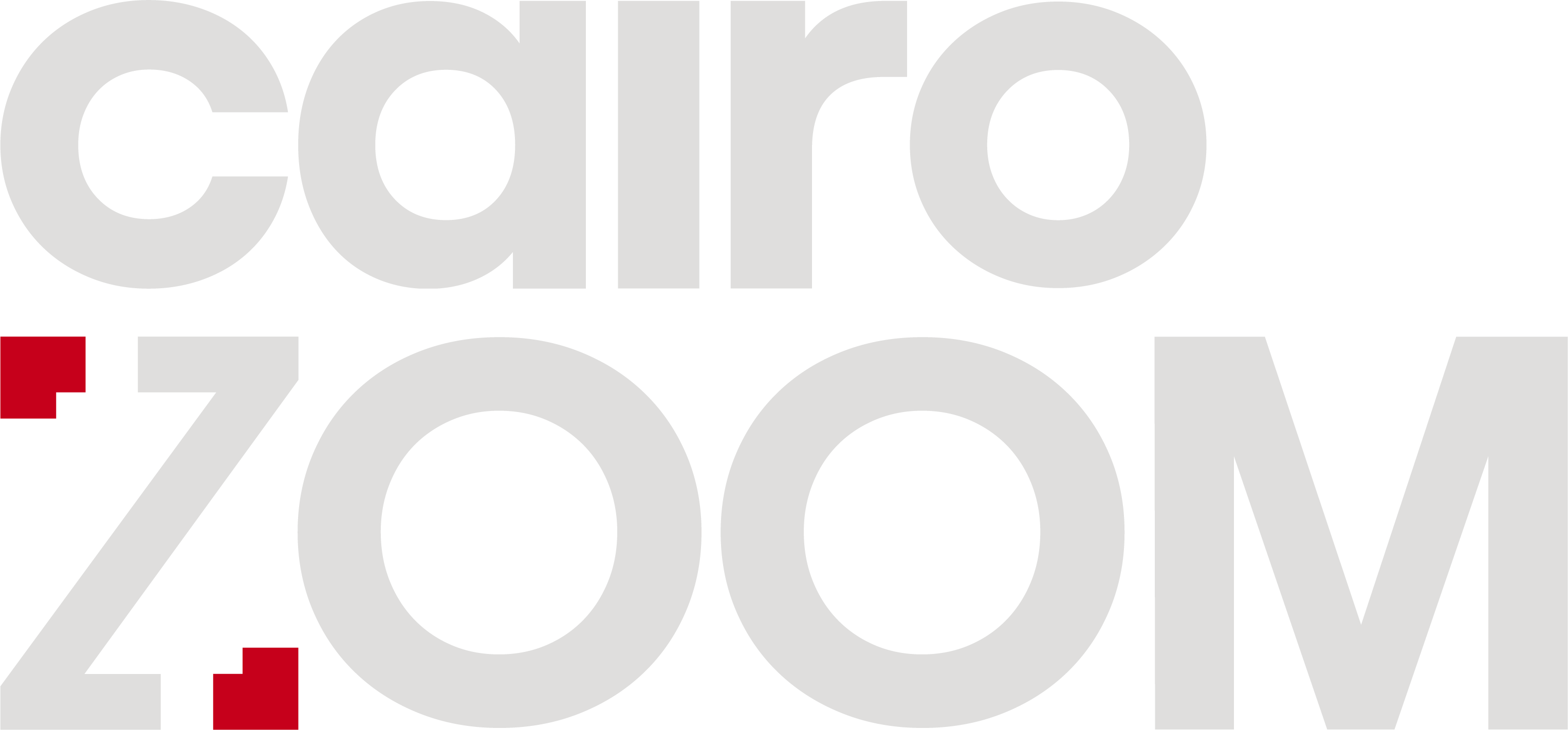Saudi Artist Huda Al-Aithan’s Playful Parametric Light Fixture
In this interview, Al-Aithan opens up about her creative journey—one driven by play, curiosity and a connection to her roots.
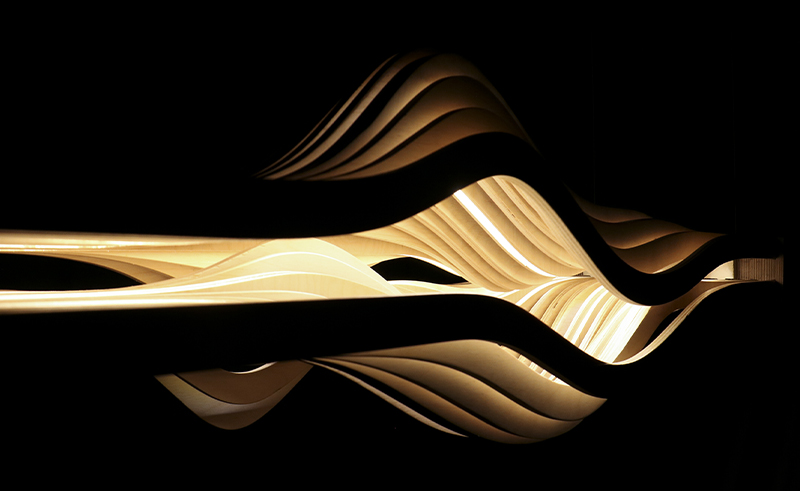
Like celestial markers scattered across the sky, lighting fixtures do more than illuminate; they shape space, evoke emotion, and tell stories. In the hands of Saudi Arabian visual artist and designer Huda Al-Aithan, they become like wayfinders in the vast stillness of a desert night, crafted expressions of light, rich with cultural depth and poetic intent.
Huda Al-Aithan’s journey took her to the studios of the University of Iowa in the United States, where she earned her MA and MFA, before making her way back home. On her return, she found herself searching for meaning beyond design. Immersing herself in the rhythms of her heritage, she unearthed inspiration in the landscapes and architecture that shaped her identity. Her creations take on sculptural forms based on the golden dunes of the Arabian desert and the weathered facades of historic Saudi villages, yet they pulse with a distinctly futuristic energy, where tradition is not just remembered but reimagined through the precision of parametric design and the boundless potential of emerging technology.
In this SceneHome interview, Al-Aithan opens up about her ever-evolving creative journey—one driven by play, curiosity, and a deep connection to her roots. With an intuitive approach that blurs the lines between craft and technology, she transforms heritage into something dynamic and unexpected, constantly pushing the boundaries of what design can be…
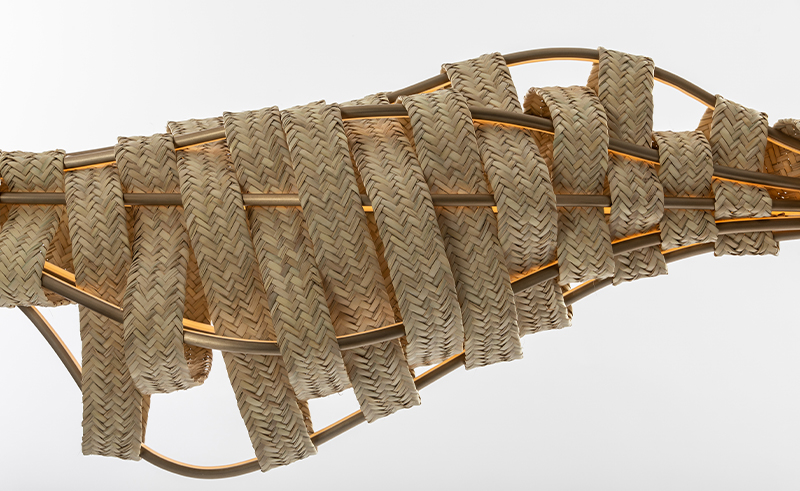 Your work merges craft, digital technology, and culture, balancing heritage and innovation. How did this journey begin, and how do you navigate the space between tradition and the future?
Your work merges craft, digital technology, and culture, balancing heritage and innovation. How did this journey begin, and how do you navigate the space between tradition and the future?
My journey with design began in the university of Iowa, where I first fell in love with the sheer act of making. But something was missing—an anchor, a deeper resonance. It wasn’t until I moved to Saudi Arabia and later to the UAE that I began to see design as more than just creation. It became a means of excavating identity, of threading my own story into something larger.
Balancing heritage and innovation is not about preservation versus progress—it’s about dialogue. Heritage is not static; it breathes, it evolves. Innovation, to me, is simply the future’s vernacular. By deeply understanding where we come from, I can reinterpret it, pushing tradition forward without erasing its essence.
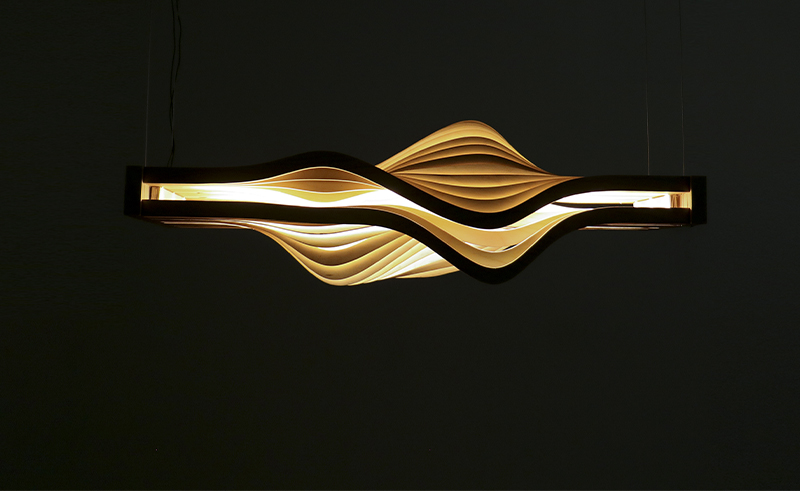 Your designs seem to transcend function, almost like sculptural storytelling. What narratives do you aim to weave through your lighting pieces, and what emotions or atmospheres do you hope to evoke?
Your designs seem to transcend function, almost like sculptural storytelling. What narratives do you aim to weave through your lighting pieces, and what emotions or atmospheres do you hope to evoke?
In the beginning, I wasn’t entirely sure what I was trying to say through my work. But over time, I realised that design is my language—an extension of who I am, my experiences, and the way I perceive the world. Each piece becomes a reflection of that journey, often revealing its meaning to me only after it’s been created.
Light, in particular, fascinates me because it exists on the edge of the tangible and intangible. It’s something we feel before we see, shaping mood, space, and memory in ways words cannot. I’m drawn to that abstract emotional language—deeply present yet impossible to grasp. My designs aim to capture that essence, evoking emotions that linger, much like an unspoken thought or a fleeting moment of clarity.
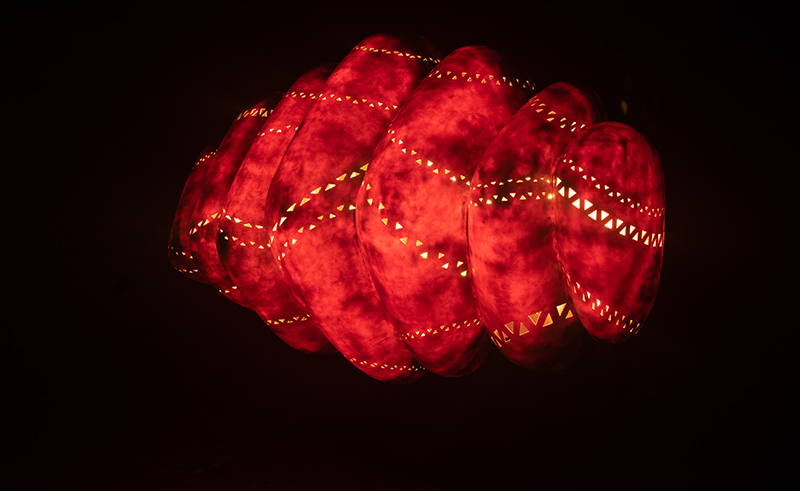 Your work embraces a sense of play and unconventional beauty, yet there’s a depth to the way you engage with form, material, and technology. How does experimentation shape your creative philosophy?
Your work embraces a sense of play and unconventional beauty, yet there’s a depth to the way you engage with form, material, and technology. How does experimentation shape your creative philosophy?
Experimentation isn’t just part of my process—it is the process. I approach design with a sense of play, allowing intuition to guide me before logic catches up. Often, I start creating without fully understanding why, letting my interactions with materials, software, and techniques lead the way. This openness to discovery allows my work to evolve organically, resulting in pieces that feel not only right to me but also resonate with those who experience them.
This playful approach isn’t just for me—it extends to those who experience my work. Every design is an exploration, not just of form and function, but of emotion, movement, and the subtle ways light can shape perception. With every project, I push deeper into this space between control and spontaneity, between tradition and technology. The most exciting work emerges when I let go—when the act of making itself reveals something unexpected.
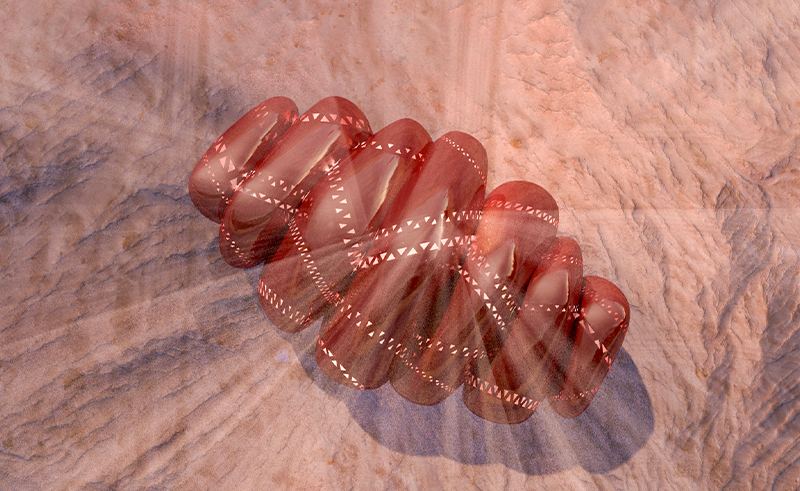 Your work exists at the intersection of materiality and technology. What emerging materials or digital fabrication techniques are shaping your practice, and how do you integrate technologies like AI or parametric design into your creative process?
Your work exists at the intersection of materiality and technology. What emerging materials or digital fabrication techniques are shaping your practice, and how do you integrate technologies like AI or parametric design into your creative process?
Lately, I’ve been drawn to the immersive nature of 3D modeling in virtual reality—it transforms design into a physical experience rather than just a flat visual one. Working within a digital space that feels tangible allows for a more intuitive, embodied creative process.
AI, on the other hand, has become an unexpected collaborator, not in replacing creativity but in expanding it. I use it to untangle ideas, generate possibilities, and push the boundaries of what I can create. My AI-driven digital artworks, showcased at the Museum of the Future through Tashkeel, explored a fundamental question: Can technology ever replicate artistic intuition? In every piece, my voice, aesthetic, and intent remain unmistakably my own, proving that true creativity is irreducible, even in the age of algorithms.
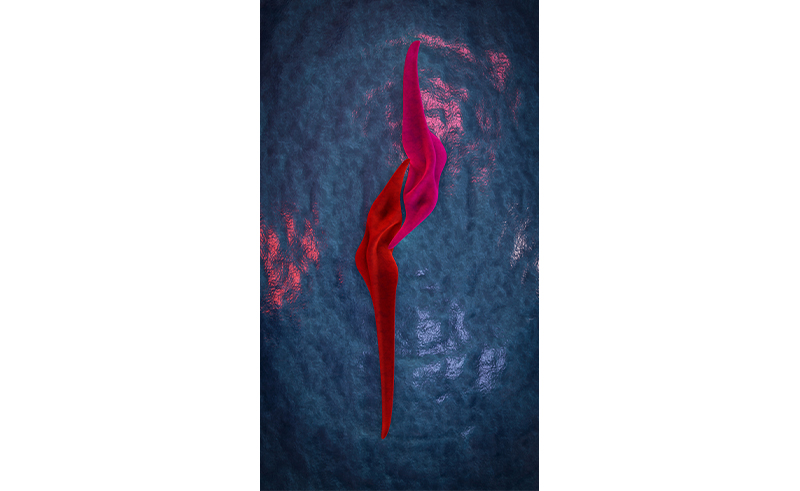
Your work blurs the line between function and sculpture, where light becomes an active element rather than just a source of illumination. How did this approach shape your ‘Anamil’ piece, and how do you approach designing with light?
‘Anamil’, meaning Fingertips, is more than a suspended pendant light. It’s a dialogue between craft, material, and time. Designed in an unorthodox collaboration with Emirati craftswomen, it celebrates the regional art of Safeefah (palm frond weaving), where Khoos (palm fronds) and metal intertwine to form a visual and tactile timeline. The piece doesn’t just preserve this traditional craft; it evolves it, allowing light to reveal new layers of meaning in texture and form.
For me, light isn’t an addition to design; it’s an active force that shapes how we experience material, space, and memory. Anamil isn’t just about illumination—it’s about preservation and evolution, ensuring that the intricate artistry of female Safeefah weavers continues to reach new generations. Every shadow it casts, every flicker of light, carries the imprint of those who crafted it, making heritage something living, shifting, and always becoming.
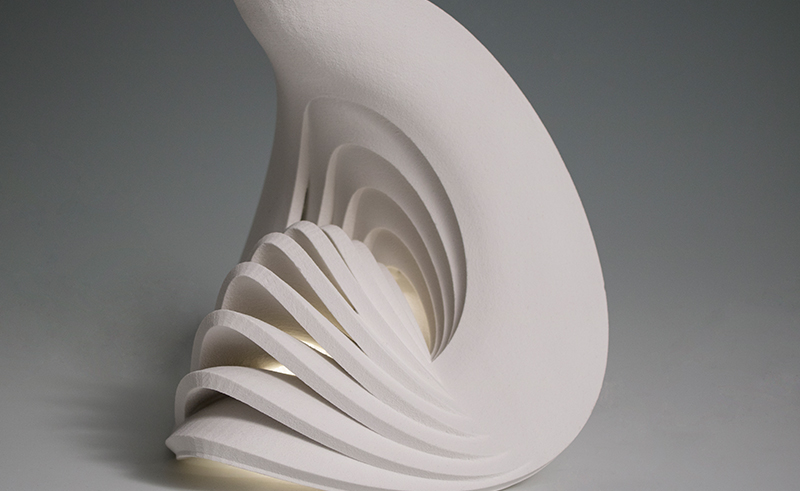
Your recent project ‘Numinous Najd’ has been described as a creature from the future, appearing in both local and global publications. How does this project bridge the past and the future, and what cultural narratives does it embody?
Born from my residency at the Misk Art Institute in Riyadh in 2021, ‘Numinous Najd’ was my way of deciphering the visual language of Najdi architecture, particularly its distinct triangular motifs. These forms, deeply embedded in the region’s heritage, became the foundation of a lighting sculpture that transforms tradition into something otherworldly—something alive.
My exploration of light goes beyond its role within the piece—it’s about how it shapes space, how it lingers, and how it invites interaction. I wanted light to be more than an illuminator; I wanted it to create forms, cast shifting patterns, and pull the audience into a dialogue with the work.
To heighten this experience, I introduced fog into the installation space, making light almost tangible—something to be felt, not just seen. The haze softened its edges, turning it into a material in its own right, dissolving the boundaries between object and atmosphere.
For the larger installation, I worked with fiberglass to create a translucent sculpture where light doesn’t just illuminate but infuses the form itself, creating an ethereal glow. Achieving this balance meant experimenting with different thicknesses, colors, and intensities, refining the relationship between structure and light until they felt inseparable.
When I first unveiled the piece, people described it as breathing, hopeful, almost sentient. That reaction resonated with me, as it mirrored my own sense of renewal after returning from the United States. In many ways, the piece embodies the pulse of a region in transformation—rooted in history yet surging toward the future.
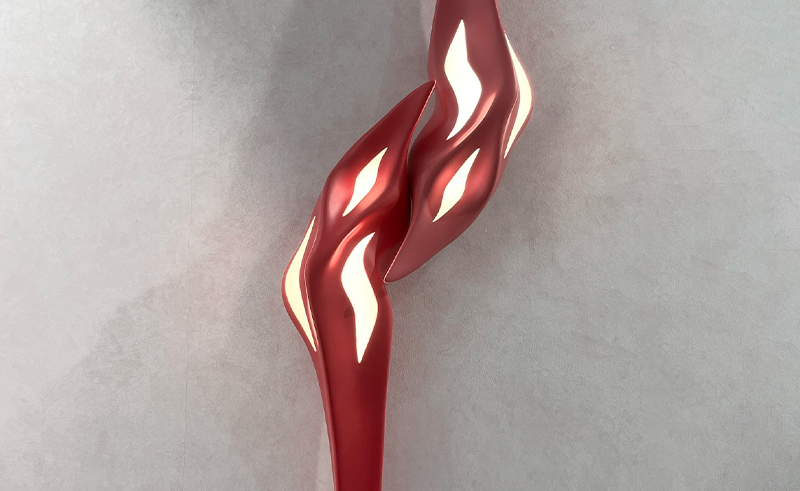
Saudi Arabia is undergoing a significant cultural shift, especially in the arts—how has this influenced your work and creative approach?
The artistic renaissance in Saudi Arabia is more than just an evolution; it’s a call to action. As a female creative, I feel both inspired and challenged to push my boundaries, not just as a participant but as a contributor to this transformation. It’s no longer about simply drawing from my heritage—it’s about engaging with it, shaping it, and giving back to a culture in motion. This moment in time demands boldness, and I strive to create work that resonates with the energy of this new era.
 If you had no limits—no constraints of budget, materials, or time—what would you create?
If you had no limits—no constraints of budget, materials, or time—what would you create?
For me, there is no singular "dream project" because my creative process is ever-evolving. I am constantly drawn to new ideas, materials, and techniques, and I want to explore them all. My true dream isn't about a specific piece—it’s about the freedom to create without boundaries, to have infinite time, energy, and the right mentorship to keep learning and pushing my work forward. If there is one guiding aspiration, it’s to create something meaningful—something that inspires, sparks connection, and leaves a lasting impact.
Photography Credit: Huda Al-Aithan
- Previous Article Michael Bublé to Perform in Egypt’s New Capital
- Next Article Six Unexpected Natural Wonders to Explore in Egypt

